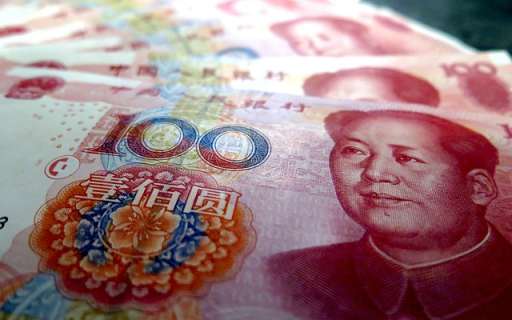China’s revenue fell 2.3 percent year-on-year in the January-February period, but rose 2.5 percent on a comparable basis, according to official data.
In an official press conference on Thursday, Vice Finance Minister of China, Liao Min attributed the country’s tax and fee reduction incentives to a higher comparative base and business support compared to the same period last year.
As per data from the ministry, showed that the central government collected 2.07 trillion yuan (about 291.8 billion US dollars) in revenue, down 4.8 percent year-on-year, while local governments collected 2.39 trillion yuan, unchanged from a year earlier.
Liao said at the press conference that the country’s revenue expenditure expanded by 6.7 percent during this period, accounting for 15.3 percent of the country’s annual budget.
According to Liao, more was spent on employment growth, education, urban and rural community services, and sectors such as agriculture, forestry, water conservation, and transportation.
The NDRC announced a rebound in private investment, an increase of 2.2 percent over the previous year and 52.6 percent of total investment in January and February.
This growth was complemented by a 6.3-percentage-point increase in infrastructure investment. In the same first two months, an increase of 0.4 percentage points faster than last year and thereby strengthening the overall investment landscape, added NDRC deputy head Liu Sushe.
In the government work report, the country promises to continue implementing an active fiscal policy and a prudent monetary policy in 2024. various measures for growth this year have been revealed, including the issuance of 3.9 trillion yuan special-purpose bonds and ultra-long special treasury bonds for local governments.
Looking ahead, Liao said the policy package will not only consolidate the momentum of economic recovery but also encourage supply-side structural reform. Technological innovation, and the development of new quality productive forces, are expected to benefit the country in the medium and long term. – Long-term economic development.
Read More: Sell Pi Crypto Currency




Your site is so well-organized and visually appealing. Excellent work!